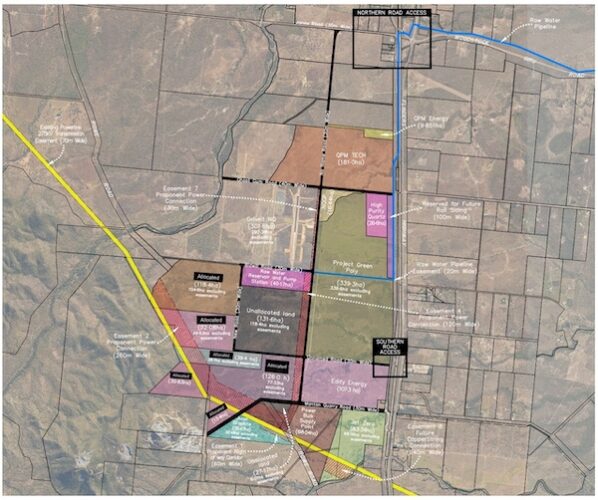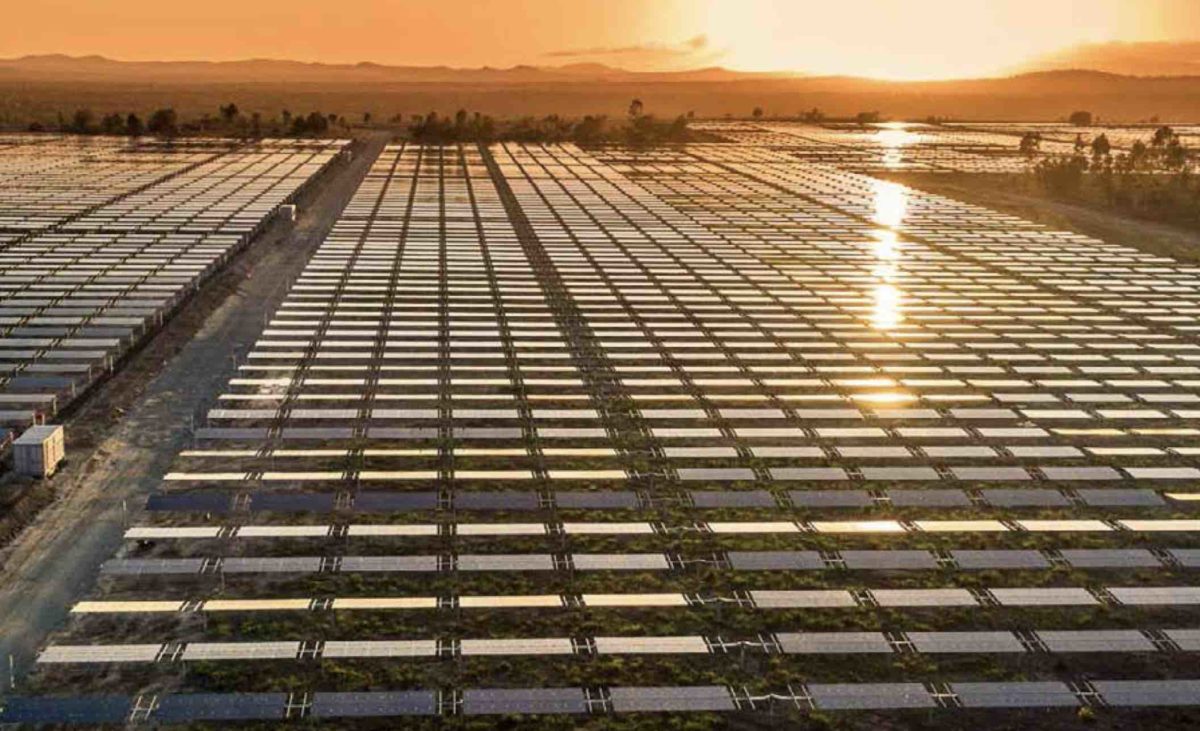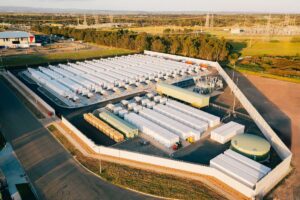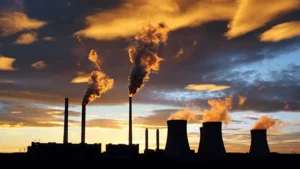Australian-based investor Quinbrook has added a giant 750 MW battery facility to its proposed $8 billion polysilicon plant in Townsville that has definitely moved beyond the paper napkin stage, and is now with the federal environment minister for approval.
The Australian infrastructure giant unveiled the project last year, promising to establish the country’s first polysilicon factory in country, and in doing so help deliver a key part of the solar supply chain that the federal government is keen to establish.
Polysilicon is a basic building block for solar panels and the global shortage in supplies of the vital ingredient, experienced at the height of the global Covid pandemic, was a stark reminder of Australia’s complete dependence on overseas markets.
Quinbrook Infrastructure Partners partnered with Solquartz, which had already secured land at Townsville’s Lansdown Eco-Industrial Precinct for a metallurgical silicon metal processing plant and merged its project into the investor’s vision.
The combined 353 hectare piece of land is the proposed home for the solar and battery-powered Project Green Poly (PGP), which will use silica quartz from North Queensland.

According to documents lodged with the EPBC, the duo are planning a plant that can make 150,000 tonnes of metallurgical silicon a year and a 100,000 tonne-per-year polysilicon plant. An on-site biochar processing plant will supply the crucial silicon precursor material.
The site will house a 750 megawatt (MW) battery, with a duration yet to be unveiled. The proposal does not include plans for a linked large scale solar farm.
It says the battery will be co-located with the metallurgical silicon plant and the polysilicon plant to provide “firming for the Queensland grid as well as the manufacturing facility.” It promises to be a first of its kind in that context in Australia.
“PGP plans to be a fully integrated supply chain that will convert mined quartz to metallurgical silicon, then to polysilicon and possibly to ingots and wafers to deliver north Queensland the opportunity to be an integral part of the global solar PV manufacturing supply chain,” the EPBC referral says.
“Project Green Poly will be a nationally significant industrial processing plant that will provide Australia with the industrial capability to produce: polysilicon, the key raw material in the solar photovoltaic (PV) supply chain, metallurgical silicon, the key raw material in computer chip supply chain.”
Although the land is currently zone rural and high impact industrial, there are some potential habitat trees for Bare-rumped Sheathtail Bat, Black-throated Finch and Squatter Pigeon, which are threatened species.
The move comes after the federal government launched the $1 billion Solar Sunshot program in March, which is offering production credits and grants to get a local solar panel industry off the ground.
In September, the Australian Renewable Energy Agency (ARENA) opened the first round of grants and credits, worth $550 million, for solar panel manufacturing, inputs to modules and deployment systems.
But cashed-up Quinbrook hasn’t had to wait for subsidies.
Project Green Poly was named a prescribed project in March, which allows the Queensland Coordinator-General to work with local governments and regulators to help fast-track its development.










